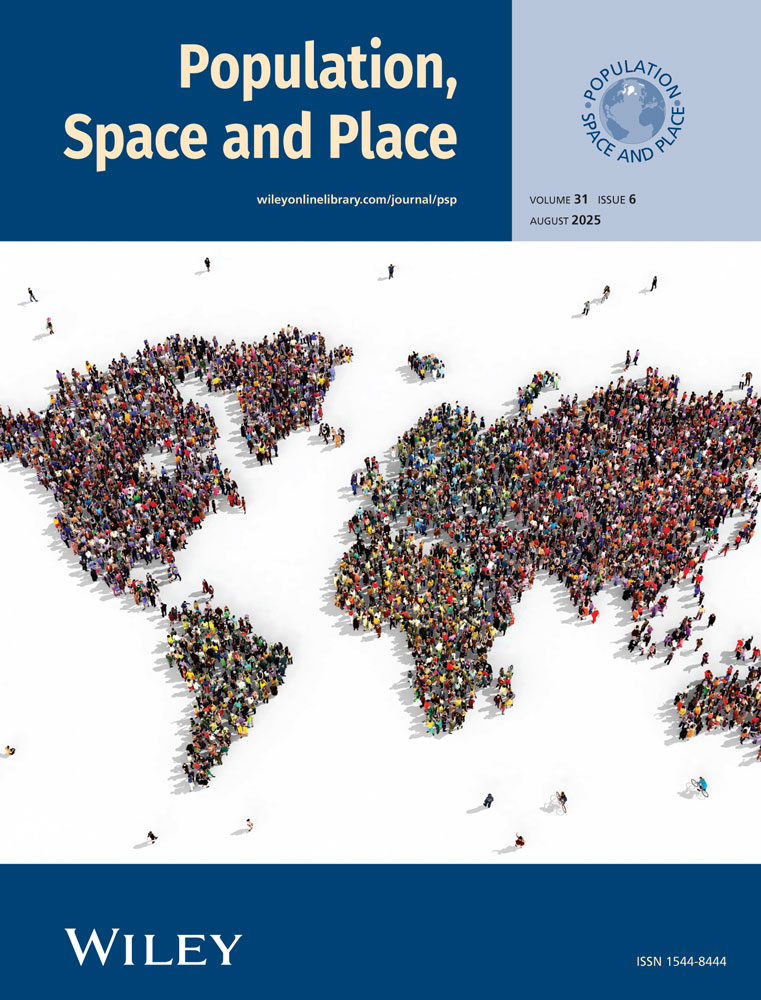Leaving home and leaving the State: evidence from the United States
Abstract
Leaving the parental home is an important first step in a long-term housing career. We extend the previous research on this topic by examining the impact of housing market factors on the risks of leaving with or without a partner in the United States. We also re-examine the role of the income of the young adult leavers in nest-leaving, and extend the previous work by studying local versus interstate movement when leaving home. We ask: does the parental housing context have an impact on the likelihood of leaving home, and to what extent is this impact different for those leaving to marry or cohabit and for those leaving to live alone? We find that although housing factors play a role, they are much less important than the young adult's own income, and that there are complex interactions with the marital status of the child. The findings on leaving and moving greater distances show that there are important differences related to leaving with or without a partner, and that this is further differentiated by education, both of the child and the father. More income and greater education lead to a greater likelihood of interstate movement coincident with leaving the parental home. Copyright © 2000 John Wiley & Sons, Ltd.




